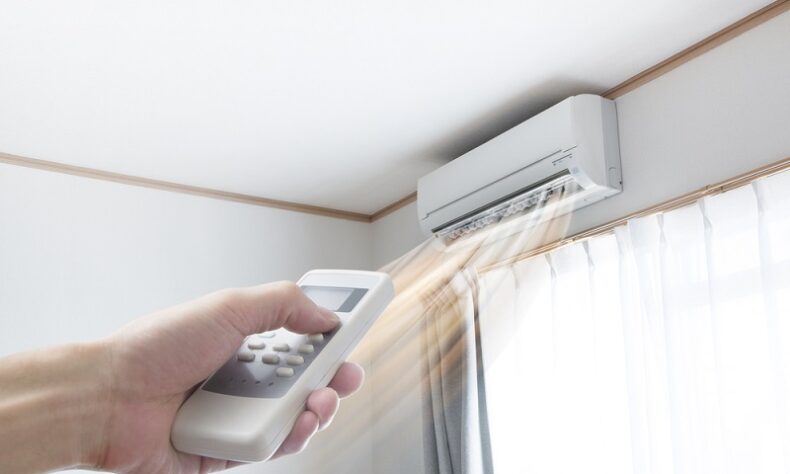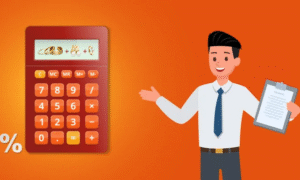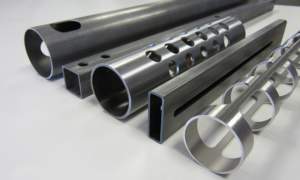
Introduction
As temperatures continue to rise due to climate change, finding energy-efficient and cost-effective ways to stay cool has become increasingly important. One such method is evaporative cooling, a natural and energy-efficient alternative to traditional air conditioning systems. But what exactly is evaporative cooling, and how does it work? In this comprehensive guide, we will explore the basics of evaporative cooling, its benefits, and how it can be used for both indoor and outdoor cooling solutions.
- What is Evaporative Cooling?
Evaporative cooling is a natural process that cools the air by evaporating water. It is the same principle that makes you feel cooler when you step out of a swimming pool or when a breeze hits your sweaty skin on a hot day. Evaporative coolers, also known as swamp coolers, use this process to provide energy-efficient and cost-effective cooling solutions for residential, commercial, and industrial applications.
- How Does Evaporative Cooling Work?
Evaporative cooling works by drawing hot, dry air through a moistened pad or media. As the air passes through the pad, the water evaporates, absorbing heat and cooling the air. The cooled air is then circulated throughout the space, providing a comfortable and refreshing environment. This process is most effective in hot, dry climates, as the evaporation rate is higher, leading to greater cooling efficiency.
- Types of Evaporative Coolers
There are three main types of evaporative coolers: direct evaporative cooling, indirect evaporative cooling, and portable evaporative coolers.
- Direct Evaporative Cooling
Direct evaporative coolers are the most common type of evaporative cooling system. They work by directly cooling the air through the evaporation process, as described earlier. These systems are usually installed on rooftops or outside walls and are connected to the building’s air ducts to distribute the cooled air.
- Indirect Evaporative Cooling
Indirect evaporative cooling systems use a heat exchanger to separate the cooled air from the moist air produced during the evaporation process. This prevents the humidity levels from rising inside the building while still providing effective cooling. Indirect systems are often used in conjunction with direct evaporative coolers or traditional air conditioning systems for improved efficiency and comfort.
- Portable Evaporative Coolers
Portable evaporative coolers are smaller, standalone units that can be easily moved from room to room. They are ideal for spot cooling or for use in areas where installing a permanent cooling system is not feasible. Portable coolers typically have a water reservoir and a fan that blows air across a wetted pad or media, providing instant cooling relief.
- Benefits of Evaporative Cooling
- Energy Efficiency
Evaporative cooling systems use significantly less energy than traditional air conditioning systems, as they do not require compressors or refrigerants to cool the air. This results in lower energy consumption and reduced utility bills.
- Cost-Effectiveness
In addition to lower energy costs, evaporative coolers are generally less expensive to purchase and install compared to traditional air conditioning systems. They also have fewer moving parts, which can reduce maintenance costs over time.
- Environmental Friendliness
Evaporative cooling is an environmentally friendly cooling solution, as it does not rely on harmful refrigerants that contribute to greenhouse gas emissions. Additionally, the water used in the evaporative cooling process can be sourced from rainwater or greywater, further reducing the environmental impact.
- Improved Air Quality
Evaporative coolers provide a constant supply of fresh, filtered air, which can help improve indoor air quality. They also help to maintain a healthy level of humidity, which can be beneficial for those with respiratory issues or allergies.
- Evaporative Cooling Applications
- Residential Cooling
Evaporative cooling systems can be an effective and energy-efficient solution for residential cooling, particularly in hot, dry climates. They can be installed as whole-house systems or used as portable units for spot cooling in specific rooms or areas.
- Commercial Cooling
Commercial buildings, such as offices, restaurants, and retail spaces, can benefit from evaporative cooling systems. These systems can help maintain a comfortable environment for employees and customers while reducing energy costs and environmental impact.
- Industrial Cooling
In industrial settings, evaporative cooling can be used to cool large spaces, such as warehouses and manufacturing facilities, as well as to provide spot cooling for specific processes or equipment. This can help maintain a comfortable working environment for employees and protect sensitive equipment from overheating.
- Outdoor Cooling
Evaporative cooling can also be used for outdoor cooling applications, such as patios, outdoor events, and sports facilities. Portable evaporative coolers can provide instant relief from the heat, making outdoor spaces more enjoyable and comfortable.
- Evaporative Cooling Maintenance
Proper maintenance is essential for the efficient operation and longevity of an evaporative cooling system. This includes regularly checking and cleaning the pads or media, inspecting, and cleaning the water distribution system, and ensuring the fan and motor are in good working condition. Regular maintenance can help prevent issues such as mould growth, mineral build up, and reduced cooling efficiency.
Conclusion
Evaporative cooling is an energy-efficient, cost-effective, and environmentally friendly cooling solution that can be used for a wide range of applications. By understanding the basics of evaporative cooling, you can make an informed decision about whether this cooling technology is the right choice for your home, business, or outdoor space. With proper maintenance and care, an evaporative cooling system can provide years of reliable and refreshing cooling relief.






